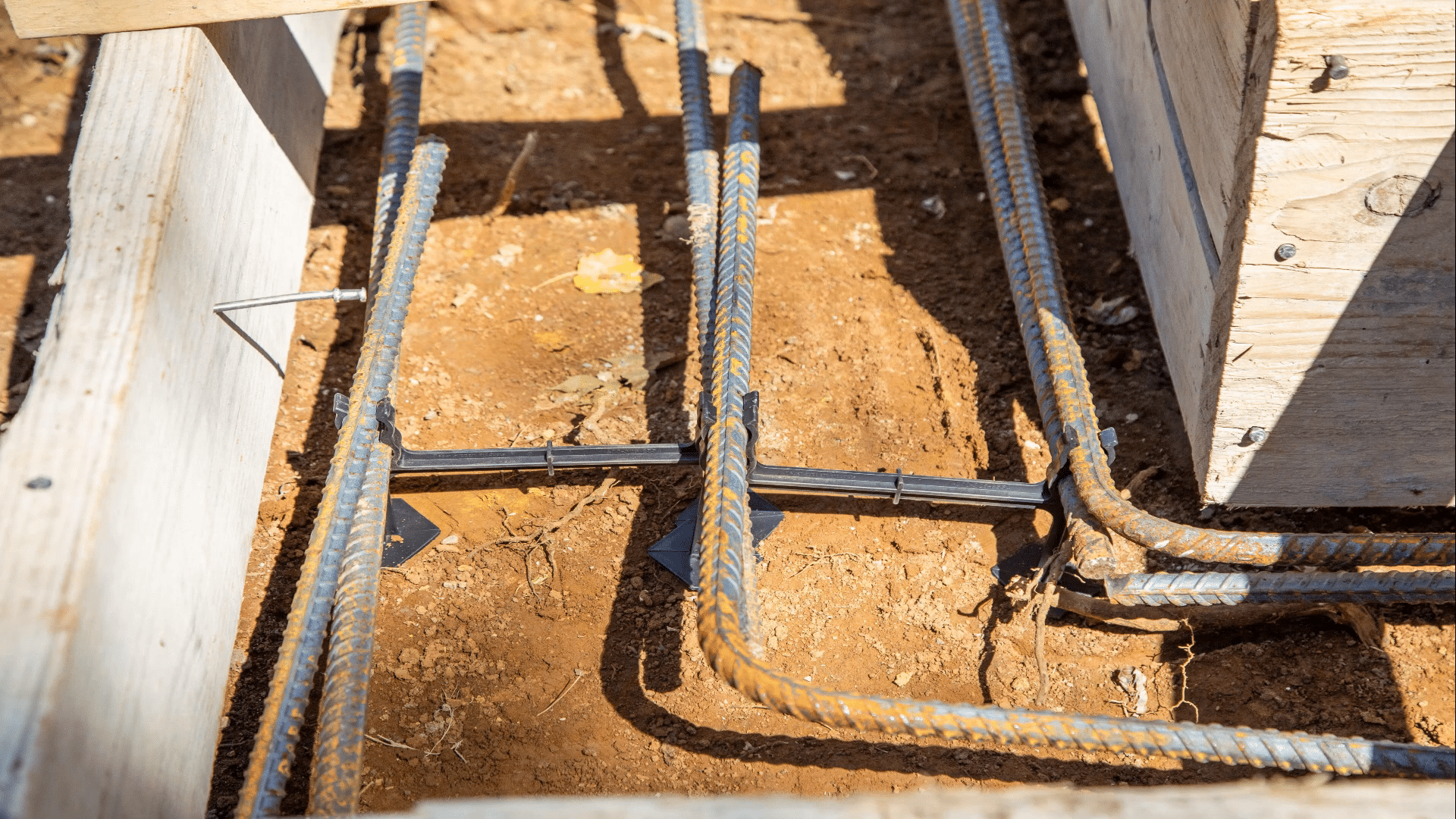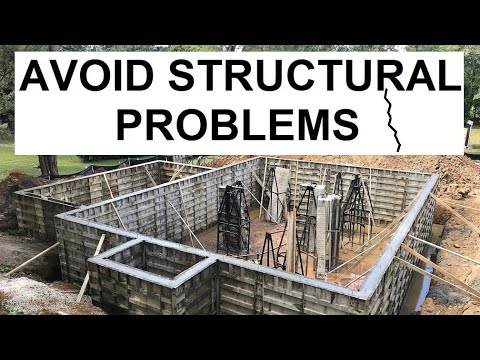Soil Bearing Capacity: Key to Stable Home Foundations
Home » Structural » Foundation »
The Importance of Soil Bearing Capacity in Home Foundations
Ensuring the structural integrity of a new home’s foundation is crucial to avoid future issues like water leaks and major structural problems, which can be costly to repair. One critical aspect of this process is verifying the bearing soil beneath the foundation. Proper assessment of the soil ensures it can support the house, preventing potential structural failures.
Key Individuals Who Assess Soil Bearing Capacity
Three key professionals can assist owner-builders in evaluating the soil beneath the footings of a new home. Their expertise helps determine whether the soil is adequate to support the house or if alternative solutions are necessary.
The first individual is the excavation contractor. This machine operator, who digs foundations daily, has hands-on experience with different types of soil and can often identify when substandard soil is encountered. Their practical knowledge is invaluable during the initial stages of excavation.
Next, the geotechnical engineer plays a crucial role. After the foundation hole is dug, this professional inspects the future footing locations to provide an expert opinion. They may recommend proceeding with forming up the footings or suggest alternative solutions if poor soil is encountered. This evaluation typically costs around $250 but provides a thorough assessment of the soil’s bearing capacity.
Lastly, the local building inspector reviews the footing forms before the concrete is poured. However, relying solely on the inspector is not advisable since they usually inspect the site after the footings are formed. If the soil is found to be substandard at that point, it entails additional work to remove and readjust the forms, leading to potential delays and extra costs.
Using a Penetrometer for Soil Assessment
Owner-builders have the option to self-check the soil bearing capacity using a tool called a penetrometer. This $50 tool provides a quick and easy way to determine if the soil can support the foundation. Understanding how to use the penetrometer correctly is essential for accurate results.
The penetrometer has a barrel with markings indicating the pressure in tons. Each mark signifies a half-ton or 1,000 pounds. Before using the penetrometer, the red cap needs to be removed to expose the measuring device. To test the soil, the penetrometer is pushed into the ground until it reaches a specific mark. The white band on the penetrometer then indicates the pressure exerted by the soil.
For example, if the white band shows 1.25 tons, it translates to approximately 2,500 pounds. If the foundation design requires a bearing capacity of 1,500 pounds per square foot, a reading of 2,500 pounds indicates that the soil is adequate to support the foundation. This process should be repeated at various footing locations to ensure consistent soil bearing capacity across the foundation area.
Additional Measures for Ensuring Soil Bearing Capacity
While tools like the penetrometer provide a good indication of soil bearing capacity, owner-builders should also consider additional measures to ensure their foundation is adequately supported. Consulting with a geotechnical engineer for a comprehensive soil analysis can provide peace of mind and ensure the structural integrity of the home.
Moreover, understanding the types of soil and their characteristics can be beneficial. For instance, clay soils can retain water, leading to potential foundation issues, while sandy soils may drain too quickly, causing instability. Knowing the soil type helps in making informed decisions about foundation design and support.
Implementing proper drainage systems around the foundation is another crucial step. Effective drainage prevents water from accumulating around the foundation, reducing the risk of soil erosion and water-related structural problems. Combining good drainage practices with thorough soil assessment ensures a stable and long-lasting foundation.
Ensuring Long-Term Structural Integrity
Building a new home involves numerous critical steps, and ensuring the soil bearing capacity beneath the foundation is one of the most important. By involving knowledgeable professionals like excavation contractors, geotechnical engineers, and building inspectors, owner-builders can mitigate potential risks and avoid costly future repairs.
Utilizing tools like the penetrometer allows for quick soil assessments, but it is essential to combine these methods with expert evaluations and additional measures like proper drainage systems. By taking these steps, owner-builders can ensure their new homes are built on solid ground, providing long-term structural integrity and peace of mind.
For those embarking on the journey of homebuilding, it is crucial to stay informed and consider all aspects of foundation construction. The investment in proper soil assessment and best practices will pay off in the form of a safe and stable home for years to come.








